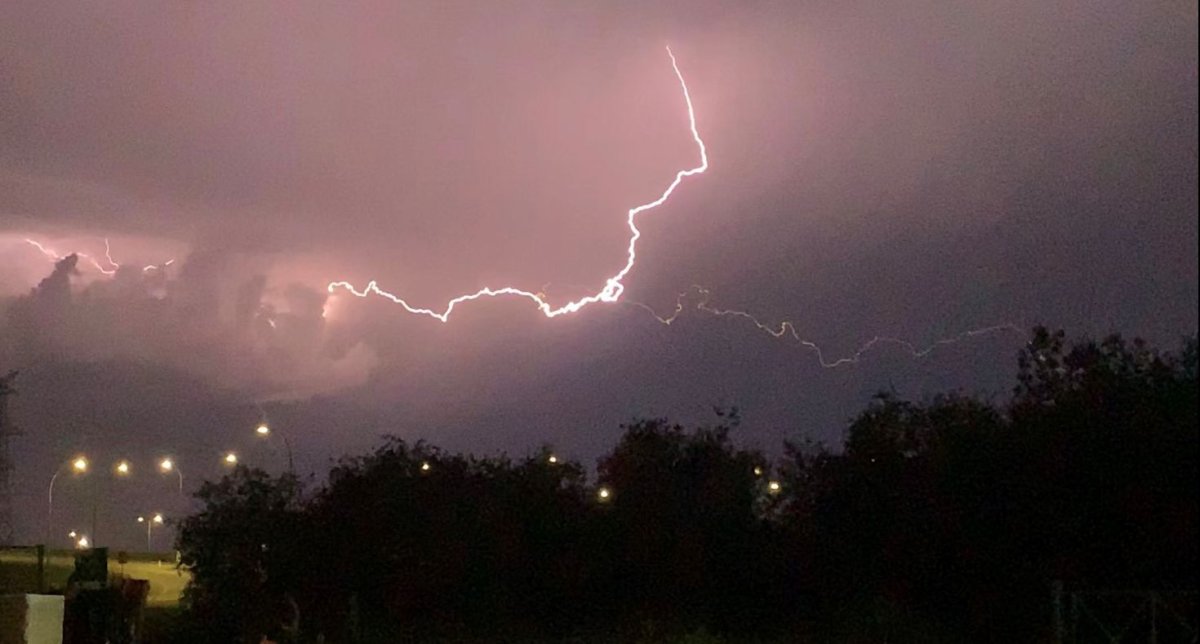May long weekend is generally the moment when we turn our collective attention away from winter weather in Alberta and toward the hope for warm, sunny summer days.

With that transition comes the threat of severe weather in the form of thunderstorms, damaging wind gusts, large hail and tornadoes. The geography of southern and central Alberta places both regions in a unique situation for extreme summer weather as dry cool air from the mountains often clashes with humid warm air out of the Prairies.
It’s a perfect setup for spectacular weather in the early summer season. Two of Canada’s four deadliest tornado events have occurred in Alberta:
- Edmonton, Alta., July 31, 1987: F4, 27 fatalities
- Green Acres Campground, Pine Lake, Alta., July 14, 2000: F3, 12 fatalities

Get breaking National news
In these coming months, many weather warnings will be issued by Environment Canada. When warnings are conveyed on Global News, they are interpreted and communicated by our weather team but come directly from meteorologists at Environment Canada.
Each region of Canada has its own guidelines for severe weather. The guidelines for Alberta are worth understanding ahead of severe summer weather.
A severe thunderstorm is defined by the potential of any two factors occurring from the following three: heavy rain, large hail and/or damaging winds. A tornado threat is defined by visible rotation on doppler radar products that show wind direction and strength.
- Calgary’s mayor asks province to salvage parts of halted Green Line transit project
- Moraine Road RV residents get temporary extension while city seeks long-term solution
- Calgary police searching for sexual assault suspect after attack at swimming hole
- Calgary’s termination of Green Line adds extra frustration for expropriated Eau Claire residents
Watches and warnings go into effect at different times within the evolution of a severe weather threat. Watches are intended to provide alerts for weather conditions where there is a potential for significant severe weather to occur. A watch will upgrade to a warning as certainty about the event increases, often as storms evolve into observable threats.
Therefore, a warning is an urgent message that severe weather is either occurring now or is an imminent and real threat.
Special weather statements from Environment Canada have often caused confusion for the public. According to Environment Canada, “special weather statements are intended to advise the media and the public of not-so-common, inconvenient, or unusual weather conditions, or for the longer-term potential development of hazardous weather conditions.”
More information on what to do in the event of severe weather can be found on Environment Canada’s website.
Want your weather on the go? Download the Global News Skytracker weather app.








Comments